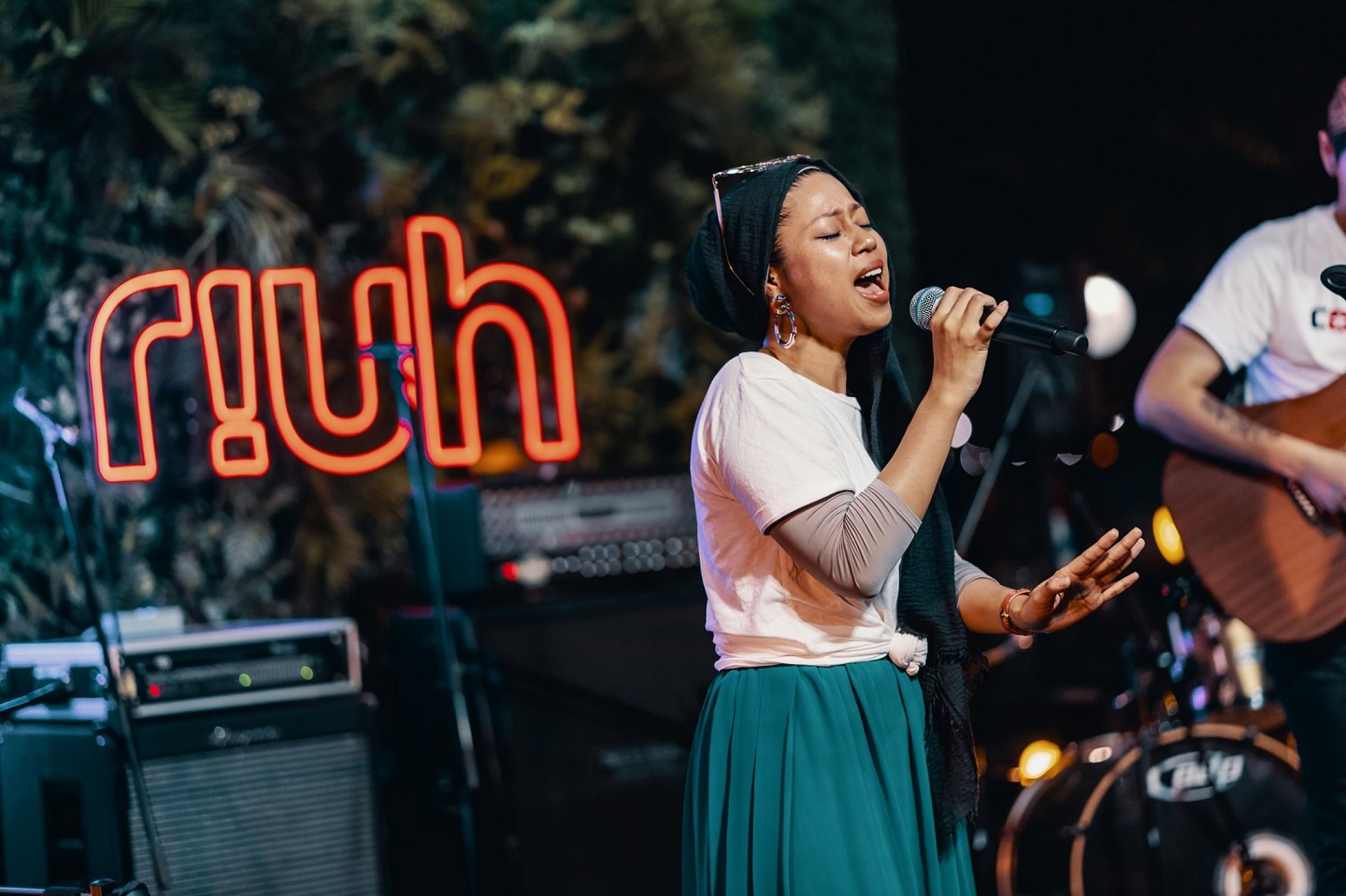
Riuh is one of the many creative hubs featued on the site (Photo: Riuh)
The arts are a source of the sense of communion with others that you lose when you have to wear a mask or cannot talk to people or be with them physically. It is the one thing people turn to for comfort and entertainment in times of crisis. Yet, it is the least supported, says Florence Lambert, head of arts and creative industries at the British Council in Malaysia.
The pandemic is a good example of how people at loose ends turned to the arts, Lambert says. “Everybody was on Netflix, everybody was watching cultural events online. If it wasn’t for the arts, where would we be?”
For all the good the arts do, creative hubs in Malaysia struggle to keep going even as their numbers flourish. These physical or virtual places where people gather to produce, practise, discuss or share their art can spring up quickly, spawned by the desire for creativity and connections. But support is wanting, as there is no platform to connect hub managers with one another and the community.
The British Council, Yayasan Sime Darby and Universiti Malaya’s (UM) Cultural Centre hope to enable them to come together with the Hubs for Good programme and online platform, launched in Kuala Lumpur on Aug 27. The three-year programme will enhance the role that creative hubs play as key drivers and catalysts in transforming communities and cities in Malaysia by creating awareness, building capacity and connecting the creative sector.
florence_lambert_british_council1.jpg
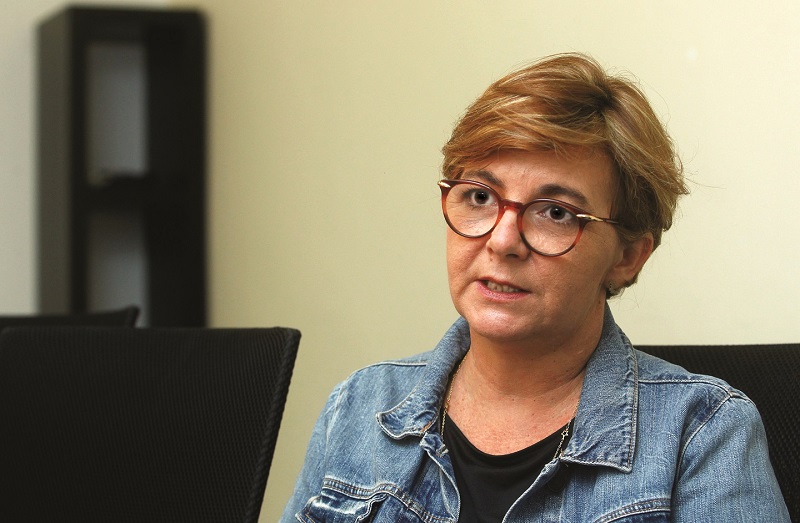
“Hubs are a pivotal component of the creative economy — gathering, supporting and representing communities,” Lambert says. They are convenors, providing space and support for networking, business development and community engagement within the creative, cultural and tech sectors.
“We want to understand this community in Malaysia, map it and shine the light on the role they play because they are an asset to the cultural and education sectors and a lot of people,” she adds.
The programme will also connect creative hubs and hub leaders with local stakeholders who remain largely unaware of their impact on society, and create advocacy pathways to encourage new national policies that will enable hubs to develop professionally so they can better support arts practitioners.
Hubs for Good involves interrelated projects, including country-wide mapping and research on local creative hubs, a toolkit on how to start one in Malaysia, a digital platform and capacity-building activities to address the skill and knowledge needs of creative hub managers.
The main component of the digital platform is a directory of Malaysian creative hubs, how they came about and what they do. The team has been able to pull together profiles of the first 85 hubs, mostly in the Klang Valley, Penang, Perak and Sarawak. It hopes to travel to the East Coast and East Malaysia because “there are some gems out there that are not publicised. We aim to share the mapping and research report as well as the toolkit by March 2021”, Lambert says.
borneo_laboratory.jpg
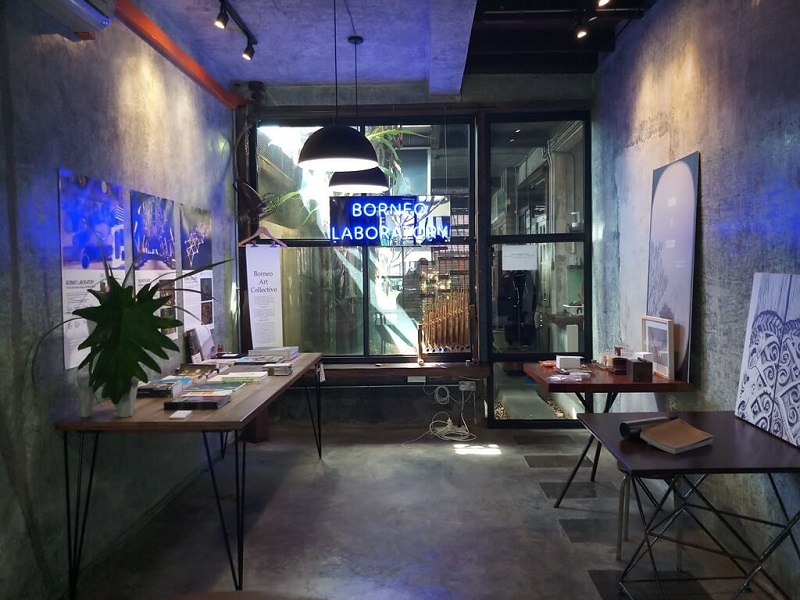
Co-funded by Yayasan Sime Darby and the British Council, the programme will also provide scholarships for three students doing their master’s in arts at UM. They are working to develop the digital platform, research and understand creative hubs in the country, and put the toolkit together.
Lambert lauds Yayasan’s commitment to Hubs. “It is not an easy project for a foundation to support because, at a general public or government level, the understanding of creative hubs is hard to quantify. We don’t really know how this is going to show KPIs (key performance indicators). Yet, the Yayasan team took the gamble and I’m really grateful for that. I think it shows their vision and their commitment to the arts.”
Creative hubs are an agent of social cohesion, contributing to the creation of thriving and diverse communities and well-being, she says. They generate jobs, revenue and sales for themselves and businesses and vendors around them, and contribute to the country’s cultural dynamism and exchange of options and ideas. Hubs for Good covers five countries in the region and focuses on enhancing the positive role of creative hubs in an urban context.
The British Council has been developing programmes for more than 800 creative hubs globally since 2014. It hopes to create pathways for Malaysian arts practitioners to gain direct access to expertise worldwide.
british-council21004-2.jpg
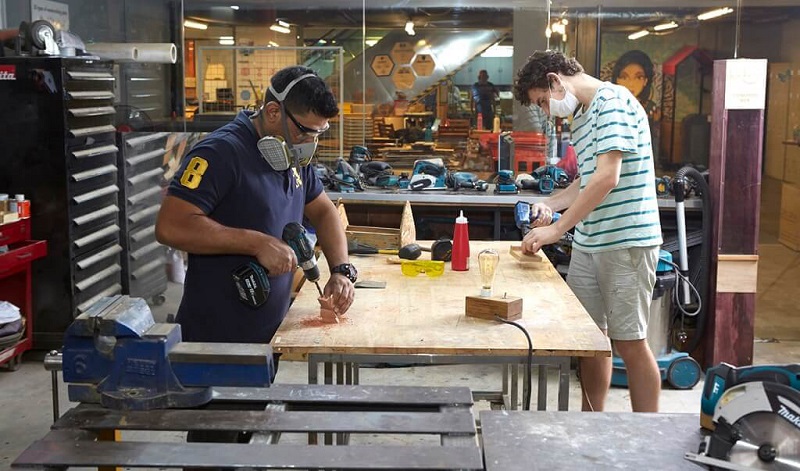
In March 2019, the Council organised its first capacity training workshop, facilitated by Gillian Easson of Creative Dundee, Scotland. Sixteen local leaders were guided through exercises to plan and articulate their hubs’ challenges, goals and vision. They then took part in the Hubs for Good — Southeast Asia Creative Hubs Forum, which involved leaders and speakers from Indonesia, the Philippines, Thailand, Vietnam, Malaysia and the UK.
The 16 participants are from a cohort of hubs working closely with the programme and have benefited from its physical capacity-building activities, such as workshops on funding and management skills. “What we are asking is that they share that learning with their own hubs and communities so the knowledge spreads out,” Lambert says.
Connections stretch beyond geographical boundaries. Three hub leaders were selected to visit 21 such setups in the UK to talk to managers and look at how they run their operations. They were from Haus KCH (Sarawak), Projek Rabak (Perak) and Me.reka (KL)
“There is a mutual sharing of practices. Malaysian hubs are keen to look at the monetisation aspect of things. But UK hubs equally learnt how to be resilient when you have no support. The resilience of our hubs is extraordinary — it is not easy to access funding here as they are not exactly supported at policy level.”
Subsequently, Rachel Turner of Madlab (UK) toured Malaysia for two weeks, doing interviews with local hubs. She then did a report that kick-started the big research and digital platform the Council has put together.
“It’s an exchange — we try to connect Malaysian hubs with those in the UK. It’s about finding the best programmes that will benefit our relationship in the arts. My role is to strategise the different partnerships we can develop to make sure those programmes can exist, and the activities we plan.
“Hubs is an interesting project for all the parties involved. For us, it’s obviously a first to be able to create the digital platform and toolkit.” The toolkit, made up of best-practice examples, case studies and experiences, will focus on the mechanics of setting up a hub and running it, the legalities involved, curating events, funding and managing resources.
“I think the biggest benefit for creative hubs here is having a platform where they can come together as a sub-sector. They have one voice and can share their concerns, challenges and opportunities, and start collaborating with each other as well.”
The programme recently launched five grants for creative hubs to undergo digital capacity building clinics on social media, branding, communications, audience engagement and legal knowledge.
For two years now, the British Council team has been working on another programme called Crafting Futures to support and empower future generations of women and girl artisans. It works with Institut Kraf Negara in Rawang and the Glasgow School of Art in Scotland to run workshops on product and design innovation.
fern_chua.jpg
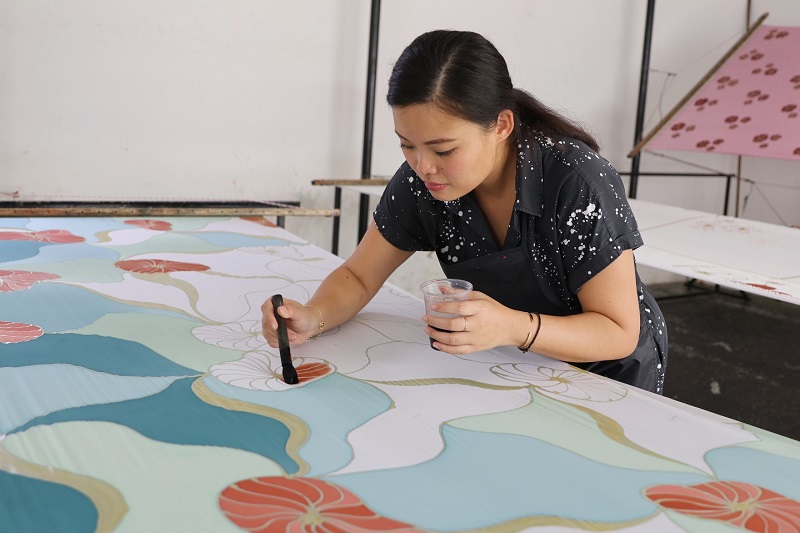
There are plans to develop a third programme, called Connections Through Culture. It started off as a mobility-grown programme which will see exchanges between Malaysian arts practitioners and those in the UK. With physical connections on hold for now, the team has to relook ways to continue this project.
Three years is not enough — no amount of time or funding is sufficient for what they hope to do, says French-born Lambert, who has lived in Malaysia for 27 years.
Before joining the Council in 2018 — “it has been a big learning curve” — she did advertising sales for Dow Jones in KL for a decade and spent another running Gadis Manis, a brand she started to create gifts and souvenirs that draw out Malaysia’s ethnic and diversity.
“Hubs for Good is a seed we’re trying to plant. We hope the tree will grow, but it is for the sector and the policymakers to sit down and work together on what needs to be done to further support the sector. The best advocates are the practitioners — they know what they need. We are happy if the programme shines light on this group, which is doing such amazing work at the grassroots level without support, acknowledgement or [public] awareness of what they are doing.”
This article first appeared on Sept 14, 2020 in The Edge Malaysia.


